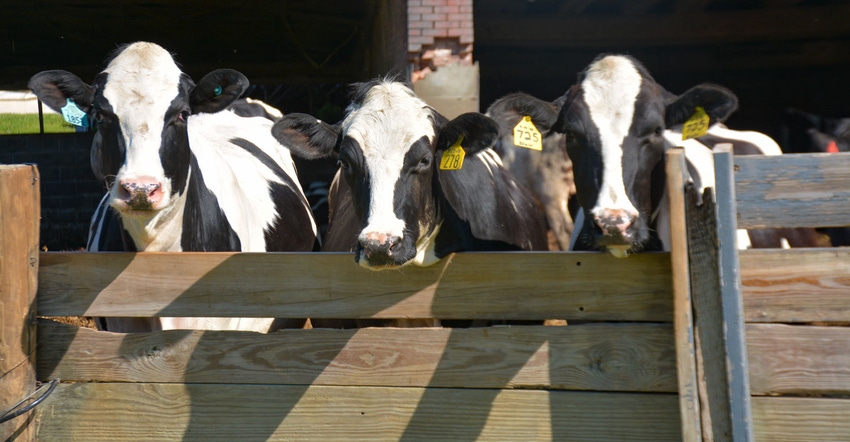August 26, 2020

You’ve probably heard the old saying: “Only five people in the world know how milk is priced in the U.S. — and four of them are dead.”
Yeah, it’s funny, but it’s also true and, to be honest, sad. The milk pricing system in this country is baffling. The prices, formulas and conversions used to come up with the farmgate milk price will make your head spin. I don’t know how it’s done considering the many parts that go into it.
It’s downright maddening.
Let’s start with timing. You recently got your July milk check, which is mostly based on July milk production in the order you ship to. For most farmers in the Northeast, that’s Federal Order 1. But the foundation of your milk check was laid a month before in June. That’s because USDA used two weeks’ worth of wholesale prices for butter, nonfat dry milk, cheese and whey in early June to come up with the July Class I price, which is fluid milk.
Here’s where it gets complicated: The Class I price is set by taking the average of Class III (cheese) and Class IV (butter), plus 74 cents, to come up with a skim milk price, otherwise known as the Class I mover. Keep in mind that this calculation was changed in the 2018 Farm Bill. The previous calculation was the higher of Class III or IV prices, and experts believe that this change has made a big impact on how fluid milk is priced.
Add the butterfat price and differential, and the Class I price is set.
Now let’s talk about components. This is what makes up the Class III price and is arguably the most important number on the milk check. This was announced Aug. 5 but was based on four weeks’ worth of wholesale prices of butter, nonfat dry milk, cheese and whey in July. Calculating that Class III price is a complicated, five-step process that somehow converts these wholesale prices into their equivalent butterfat, nonfat solids, protein and other solids prices, the component prices of how farmers really get paid.
Still awake? OK, here’s the final step.
The Statistical Uniform Price, or blend price, includes the producer price differential and was announced Aug. 12. That price, $19.08, was calculated by taking the Class III price and adding, or subtracting, the producer price differential.
What is the producer price differential you ask? Basically, it’s the difference between the value of the same pounds of components at the Class III price and the value assigned to the components by each channel the milk was sold through in the overall pool.
When the value of the components at Class III exceed the value of components in the other channels, you get a negative PPD. In July, the negative PPD set a record in the Northeast because the Class I price — set much earlier, remember — was lower than Class III, which was set when cheese prices began an unprecedented price run.
Now let’s get to depooling, which is a real doozy. By law, only Class I fluid milk plants are required to report and participate in each Federal Milk Marketing Order. Other dairy plants, including cheese plants, are not. So, when the Class III price is higher than Class I (since this is the price these manufacturers have to pay for their milk) there’s an incentive for these manufacturers to exit the pool and not pay the higher Class III price, but instead pay the lower blend price to their farmers, or pay whatever price they want. This results in an overall lower pool value and a negative PPD for all farmers in the pool.
That negative PPD comes right off a farmer’s milk check after they get paid for their components and other bonuses.
I know this is a lot of reading, but that’s exactly my point. All of this complication just to get to a final milk price? There must be a simpler system out there somewhere.
When milk prices are good and dairy farms are doing well, no one complains — the system is working like it should. And, I guess, the system is working like it should. But that doesn’t make it right.
The quirks in the federal milk marketing system create a level of distrust in dairy farmers that make them wonder if they’re even getting paid a fair price for their milk. I know because I’ve talked to enough of them, and they need to be listened to.
At the end of the day, dairy farmers just want to get paid a fair price. Yes, we’re all taking it on the chin due to COVID-19 and other things, but this dairy pricing system was put in long before COVID-19 made it here.
It’s time for the government to take a second look at the milk pricing system, and dairy farmers should have their say. Dairy farming supports lots of jobs and milk is one of the staple foods of our diet. Farmers deserve a more simple, transparent and fair system for how their milk is priced.
You May Also Like




